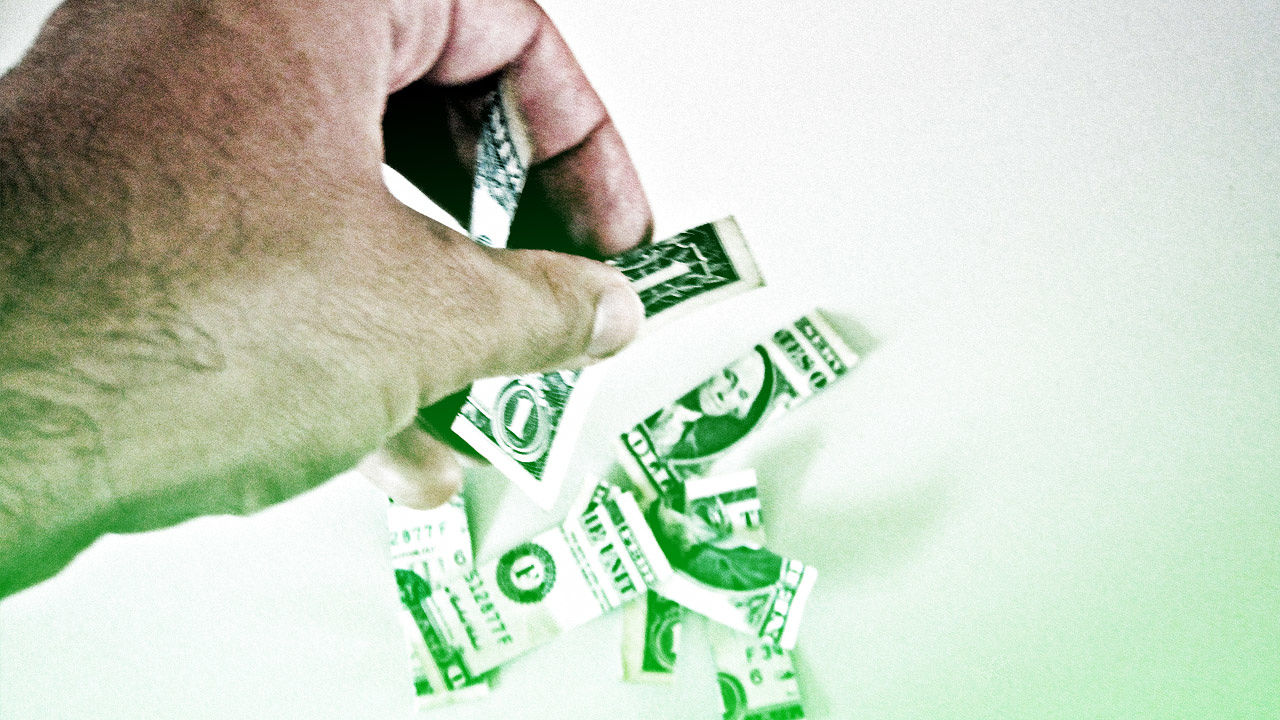
Lessons From The Epic Fails Of Well-Funded Startups
In the startup world, failure is a given. Fail fast is the founder’s mantra.Make a mistake, learn from it, move on, say the experts. When startups are well funded—and have a growing number of staff members and stakeholders, it’s not quite so simple.
We know that the road to success is paved with bumps. It’s possible to rise from the ashes of a startup’s crash and burn. We’ve reported how one CEO picked herself up and bootstrapped another startup that’s now a smash hit with over $100 million in revenue. Others pulled a hard pivot when their first idea didn’t measure up.
CB Insights combed its venture and angel investment database and pulled out 92 examples of startups that raised over $100 million but still didn’t make it. Fatal flaws abounded, from financial fraud to competition, or burning through money while being unable to generate sustainable revenue. We’ve winnowed it down to five among them. Here are their cautionary tales.
QUIRKY—EXECUTED BY EXPENSES
The platform for crowdsourced inventions was met with skepticism at first, but then won over investors and managed to raise over $185 million from well-known VCs such as Kleiner Perkins Caufield & Byers and Andreessen Horowitz.
The problem was a systemic one. Despite the funding, Quirky’s business model was just too expensive. Unlike Kickstarter, which only provides its actual platform for startup founders, Quirky was offering entrepreneurs with a vision from manufacturing to marketing. Taking 90% of inventors’ profits still didn’t prove to add up, especially when also factoring in the security flaw of its smart home device subsidiary Wink.
RDIO—KILLED BY COMPETITORS
Back in 2010, Skype founders pioneered one of the first on-demand music streaming services to hit the U.S. with a $5 per month web plan that accessed some 7 million songs. Spotify was close on its heels though, and within months, the Swedish startup launched its own free streaming service stateside. Rdio continued to soldier on, refining its products and taking a cautious approach to generating profits that managed to snag $117.5 million from investors.
Unfortunately for Rdio, playing it safe was a mistake, especially in the music business, where labels and licensing deals meant razor-thin profit margins. Asone employee put it, “You have to make it up with extreme volume, which is why you see Spotify going after every human being in the world.” Rdio’s operating business went bankrupt in late 2015, as Pandora scooped up its intellectual property and some staffers in a $75 million deal.
WEBVAN—INCINERATED BY INFRASTRUCTURE
In an age of same-day delivery of everything from laundry soap to snack foods, it’s hard to imagine that a startup promising to deliver your groceries within a precise window of time would hit the skids. However, in 1999 things weren’t so simple. To make its convenience model work, Webvan poured investments into automated warehouses, logistics software, and a fleet of vans to ferry the goods. The problem was that orders needed to be placed a day or more in advance, killing any opportunity for impulse buys and instant gratification. Although it raised $275.2 million from the likes of Sequoia and Softbank, Webvan couldn’t pay for its costly infrastructure when consumer demand failed to meet expectations.
BOO.COM—BUSTED BY THE BUBBLE
Sometimes the early bird fails to catch the worm, especially if it’s consciously ignoring the best ones in favor of those just out of reach. So it was with Boo.com, one of the first entirely e-commerce companies aimed at selling major fashion brands online. It launched in the fall of 1999.
The idea was visionary, but the execution left much to be desired. The company burned through $135 million in VC funding in 18 months, all before releasing its first product. Once live, customers needed high-speed Internet connections to access the site properly. Pile on the fact that money was spent on advertising and promotion rather than product, and no wonder the company declared bankruptcy by mid-May 2000.
AEREO—LAID LOW BY LAWSUITS
In 2012, Aereo launched a “TV-in-your-browser platform” that offered viewers in New York a way to watch live broadcasts in HD on any Apple device for just $12 a month. The idea proved so disruptive, it prompted a surge of lawsuits from media companies.
But not before television magnate Barry Diller and others jumped on board, investing a hair under $100 million in the promise it could scale to multiple cities and was as innocent as putting a pair of rabbit ear antennae on your TV.
Broadcasters weren’t buying Aereo’s argument, and the service went bankrupt after two years. To add insult to injury, the U.S. Supreme Court ordered Aereo to pay out $950,000 to broadcasters last April.
First appeared at FastCompany





